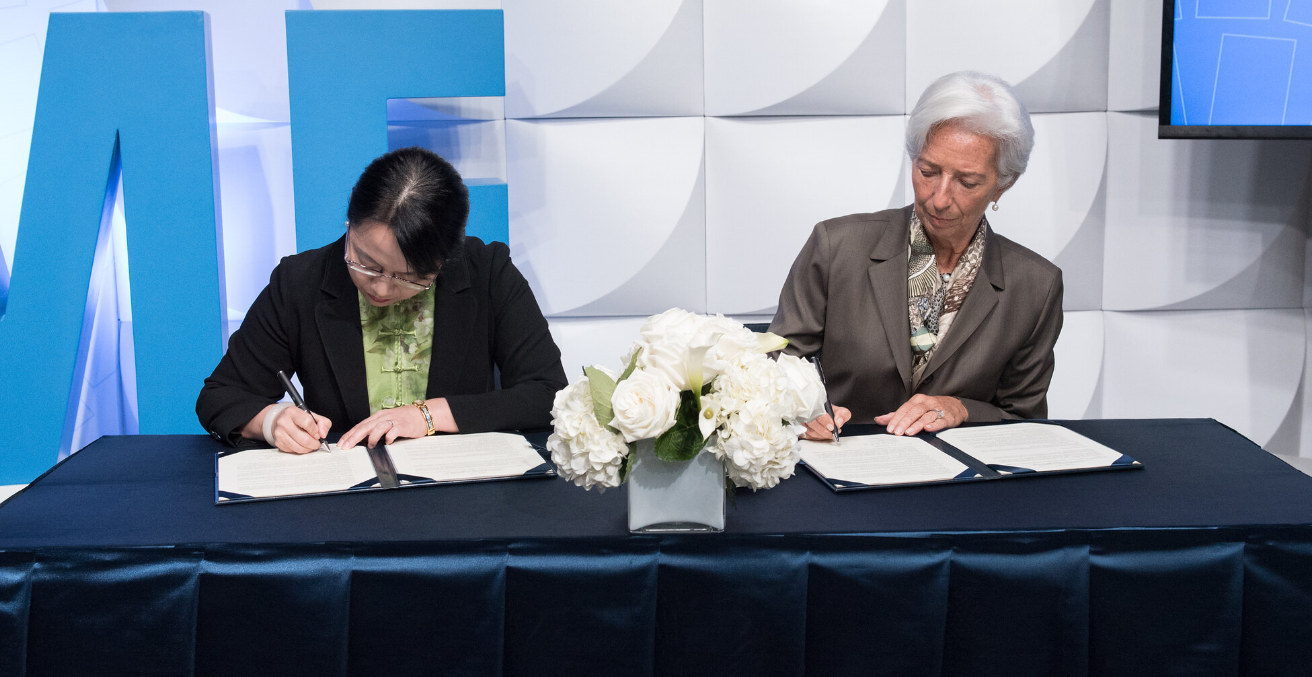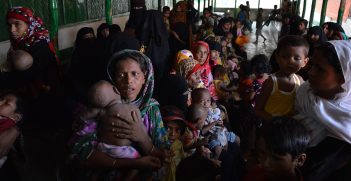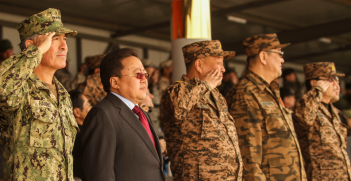Celebrating 10 Years of East Asian Financial Cooperation

East Asia financial cooperation reaches a milestone on 24 March 2020, which marks the 10th anniversary of the Chiang Mai Initiative Multilateralisation (CMIM). This is an opportunity to consider how regional financial cooperation can be further strengthened.
Ten years ago, the CMIM formally took effect to serve as the regional financial safety net (FSN) for 14 East Asian economies including ten members of the Association of Southeast Asian Nations (ASEAN) and China, Japan, South Korea, and Hong Kong, China.
A multilateral currency swap agreement to help members with immediate balance of payment and short-term liquidity difficulties, the history of CMIM goes back to the 1997-98 Asian Financial Crisis (AFC). The AFC started with speculative attacks on the Thai baht leading to capital flights from Thailand. The Thai financial turmoil quickly spread to the neighbouring countries of Malaysia, Indonesia, Singapore, and the Philippines before hitting South Korea.
Therefore, in September 1997, Japan proposed to establish an Asian Monetary Fund (AMF), modelled after the International Monetary Fund (IMF), to help the region see off the financial contagion. The proposal was shot down by the IMF, which jealously guarded its institutional centrality, and by the United States fearing losing economic leadership to Japan. The IMF did intervene in the AFC later, but in a counterproductive manner. The IMF prescribed dogmatic policy remedies (e.g. interest rate spikes and capital account liberalisation) that worsened the economic hardship of crisis-struck economies and attached intrusive political conditionalities of economic reforms to the bail-out assistance it dispatched.
While Asian countries soon rose from the ashes of the AFC due to strong economic fundamentals, policymakers took on board the importance of weaving a regional FSN as a self-help mechanism to cope with future financial crises and to promote regional financial stability, with or without the IMF. In 2000, the Chiang Mai Initiative (CMI) of bilateral currency swaps and repurchase agreements was initiated on the basis of the pre-existing ASEAN Swap Arrangement. By 2008, CMI countries had signed 16 bilateral swaps among themselves amounting to a total of 86 billion dollars.
But during the 2008-09 global credit crunch, South Korea, Singapore, and the Philippines, which were in need of emergency liquidity support, did not use the CMI partly because of the practical coordination difficulties of activating 16 criss-crossing bilateral swaps. Instead, they triggered bilateral assistance arrangements with the US Federal Reserve, and Indonesia resorted to a World Bank-led consortium for liquidity injection. To address this deficiency, the CMI was subsequently multilateralised into a single contractual agreement in 2010 and was beefed up with a Precautionary Credit Line for crisis prevention in 2014. The size of the CMIM was also increased to 240 billion dollars.
In addition, the multilateralisation of the CMI led to the establishment of the Singapore-based ASEAN+3 Macroeconomic Research Office (AMRO) as an independent regional surveillance unit to promote objective economic monitoring and macroeconomic surveillance. The move was prompted by the somewhat shocking realisation that the massive euro crisis was sparked by the economic data reporting problem of Greece. AMRO started operation in 2011 as a “company” so that it could immediately perform its functions without legislative ratifications of its members states. By 2016, when all the legal procedures were completed, AMRO morphed into a full-fledged international organisation with institutional memory preserved.
With the CMIM and AMRO in place, East Asia is now well-protected financially and well prepared for future economic crisis prevention and resolution, despite the fact that it has never been called upon. Nevertheless, there is still much more to do. At the 10th anniversary of AMRO and after more than two decades since the AFC laid bare the urgency of regional financial cooperation, it is time for the region to reconsider the Japanese AMF proposal.
In the meantime, East Asia could consider replicating the European model of “Troika” (European Commission, European Central Bank, and IMF) in the region to provide for an interim architecture. To rescue crisis-hit countries such as Greece and Ireland, the Commission oversaw economic reforms, the IMF contributed in the provision of emergency loans, and the European Central Bank focused on banking system and macroeconomic stability. The division of labour between Troika institutions proved operationally effective, though not without political controversies. In the context of East Asia, ASEAN+3 summitry (or to a lesser degree, the ASEAN Secretariat) could play the role of the European Commission and CMIM/AMRO (with the support of the Asian Development Bank) the role of the European Central Bank. Together with the IMF, the foundation of an Asian Troika is already laid.
Moreover, to the extent that financial crises recognise no regional grouping boundaries, it should be made possible for other key regional economies not currently part of the ASEAN+3 constellation such as Australia and New Zealand to participate in CMIM activities, monitoring exercises, and technical programmes. Admitting them into the CMIM process will at least expand the pool of CMIM funds borrowable when the next crisis strikes. After all, the CMIM is still significantly under-resourced when compared its regional counterparts in Europe. Potential inclusion of Australia and New Zealand could also raise the bar for regional economic reporting and economic surveillance, thanks to the two countries’ unwavering commitment to high-standard and transparent economic governance.
In short, just as the spread of the Coronavirus has alerted to the world the importance of international cooperation in a globalised era, we should not lose sight of the fact that financial contagion could also wreak significant socio-economic damage to the society. We should celebrate the 10th anniversary of CMIM thoroughly and then deepen financial cooperation in Asia and beyond. The next financial crunch might be just around the corner.
Dr Xianbai Ji is a research fellow with the International Political Economy Programme of S. Rajaratnam School of International Studies, Nanyang Technological University, Singapore. He was formerly a Europa Visiting Fellow to The Australian National University in 2017.
This article is published under a Creative Commons License and may be republished with attribution.





